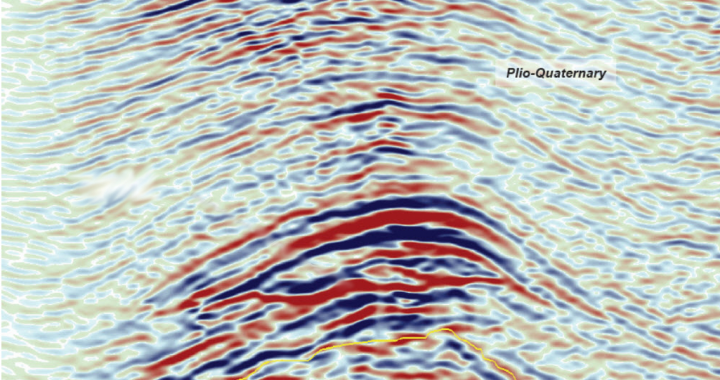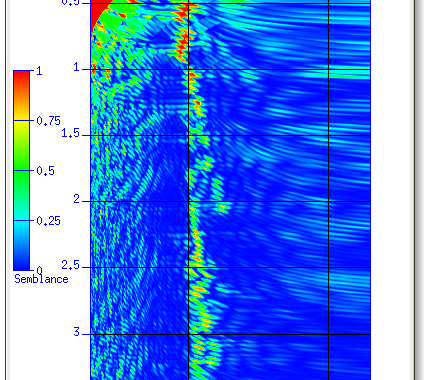I worked with the seismic processing algorithm Common Reflection Surface for the past years. During this time I have come to the following conclusion: CRS has a marketing problem. I have worked with CRS in university, at Fugro Seismic Imaging and Wester Geco, respectively Schlumberger. Its development is closely tied to advanced concepts like the […]
Category Archives: Software and Programming
Seismic Processing – 7 proven tipps to make you a better processor
Seismic data processing is an art and a science. The open source software Seismic Unix has modules for over 20 migration routines, other packages do so as well. Before we get to choosing the best migration routine, there are a couple things anyone handling seismic data should remember. These are 7 Tips from my experience: […]
The subjective science of seismic interpretation
The final step in the work with seismic data is seismic interpretation. In a scientific field called geophysics, interpretation sounds highly subjective; Very different from the usual statistics, ray and wave phenomenae. This can’t be right, right? I’d love to say it’s very clear and seismic data reveals a perfect image of the subsurface. But […]
New on StackExchange: Temporal Resolution of Seismic data
Radius of the Fresnel zone is given by [math]Rf=(v/2)(t_0/f_\mathrm{dom})^{1/2}[/math] where v: velocity of layer [math]t_0[/math]: two way travel time [math]f_\mathrm{dom}[/math] :dominant frequency in the spectrum This shows that high frequencies give better resolution than lower frequencies and resolution deteriorates with depth and increasing velocities. However I found some text in “Seismic Data Analysis- Yilmaz” which […]
Lifesavers – Two tools in my daily worklife
Today I’d like to share two tools that I have found indespensible in the course of my studies. Ironically, these have nothing to do with geophysics or seismic at all. But they’re out to save you. Git Git is a very low-key version control tool. At certain points in the process of creating you can […]
Promax 2D Multiple Reduction
I am at a point, I could use some help with the program Promax 2D from Landmark Corp. I have posted in a LinkedIn group and this way I hope I may get some signal boost for my question. Do you have some experience with the following? Help a fellow Masters student out? I am […]
Do you know your seismic velocity?
In seismic data analysis a lot of work goes towards getting a good velocity model of the subsurface. We talk about the seismic velocity. However, this may lead to some serious misconceptions. One step in seismic processing is velocity analysis. We pick the velocity that adjusts our data for the best value. Usually this is […]
Keep your software up to date
Do you have to use Java from time to time? I do and I hate the Java software. Basically, every time I start my computer it asks to update some very important security issue. It is a security leak and not keeping it updated will not do me any favors. Of course you have to […]
Fourier and Space – The FX Domain
Geophysics can get a little fancy. You have probably heard the geophysicists tend to hang around some mathematicians. When it comes to the topic of math most of my friends like to state: “I was good at math until they started mixing in the alphabet!” I hear ya. Complex numbers and pi and variables are […]
How punch cards helped me get to know my data – EBCDIC
Today I learned something interesting. Old habits die hard and seismics is a pretty old business. There are a couple of standards for storing seismic data in file formats. One of them is the so-called SEG-Y standard. It starts with information about the data set called header and then the actual seismic data is written. […]










